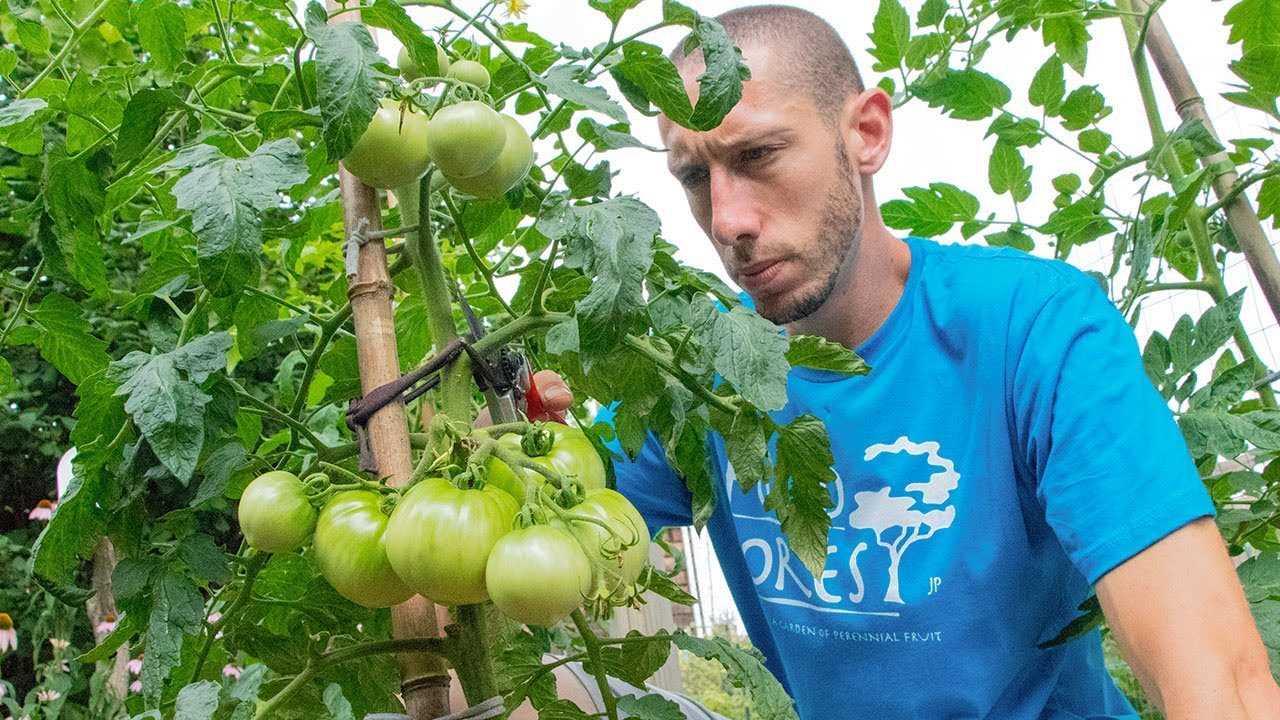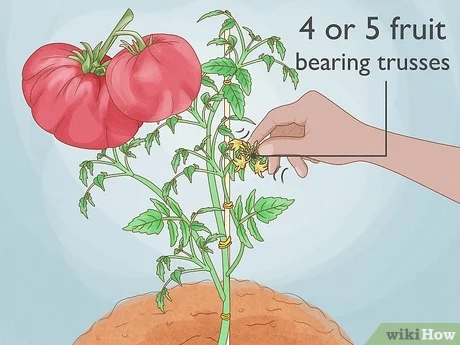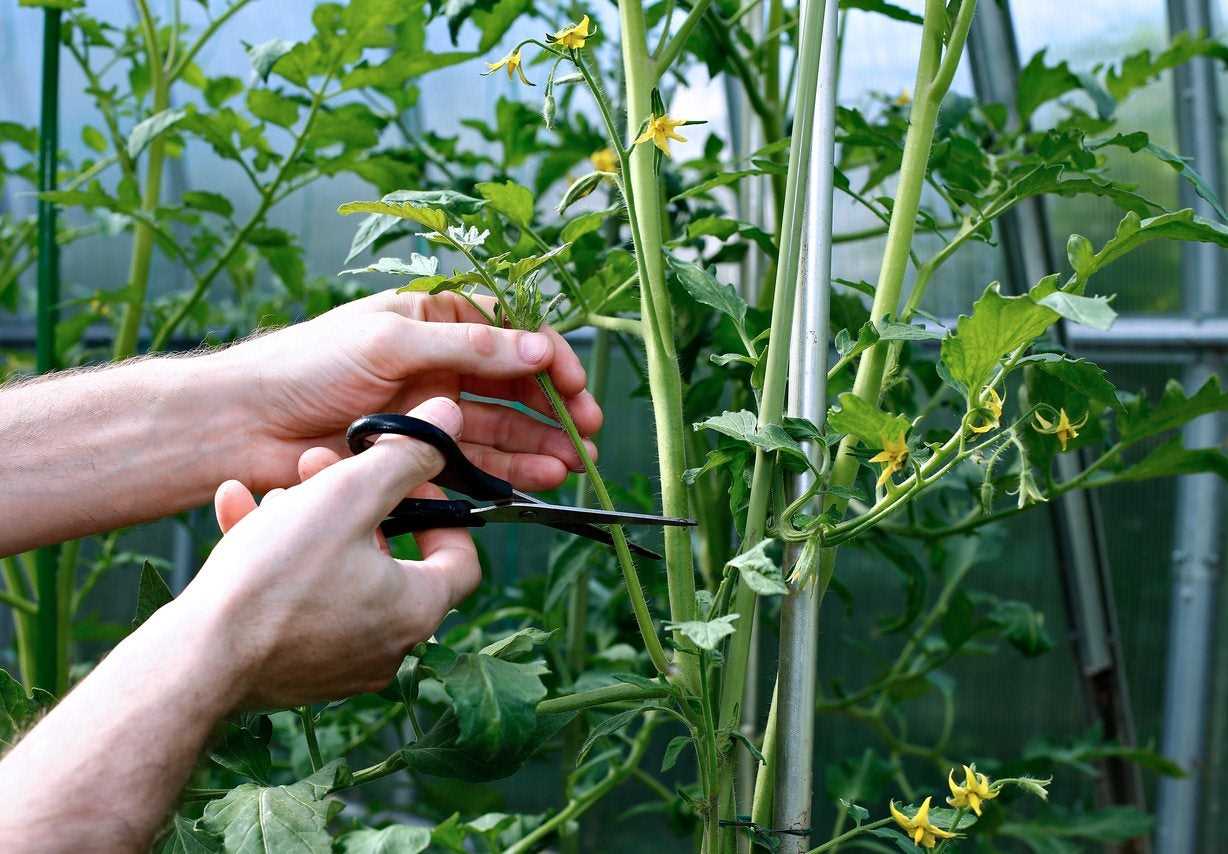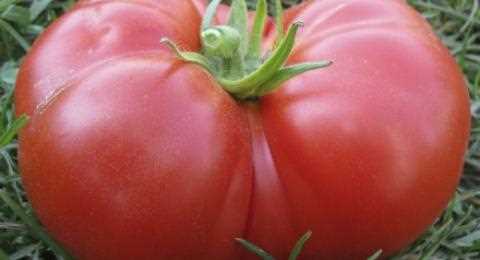- “Question-Answer”
- Why is pruning tomato plants important?
- When should I start pruning my tomato plants?
- How do I prune tomato plants?
- What are suckers and why should I remove them?
- Can I prune my tomato plants too much?
- What should I do with the pruned leaves and suckers?
- “Video” How to Prune Cherry Tomatoes: Maximum Yield for Your Effort
Pruning tomato plants is a crucial step in maintaining healthy and productive plants. By removing excess foliage and suckers, you can help your tomato plants thrive and produce a better harvest. In this step-by-step guide, we will walk you through the process of pruning tomato plants, including when and how to trim leaves and suckers.

Why prune tomato plants?
 “>
“>
Pruning tomato plants has several benefits. First, it allows for better air circulation, which can help prevent diseases like blight. It also helps redirect the plant’s energy towards producing fruit, rather than wasting it on unnecessary foliage. By removing suckers, you can improve the overall structure of the plant and promote better fruit development.
 “>
“>
The best time to prune tomato plants is when they are young and still developing. It is important to start pruning early to encourage a more compact plant and to prevent excessive branching. Once the plant is established, you can continue to prune throughout the growing season as needed.

Step 1: Assess your tomato plants
 Step 1: Assess your tomato plants
Step 1: Assess your tomato plants
“>
Before you start pruning, take some time to assess the condition of your tomato plants. Look for any signs of disease or pest infestation, as well as any weak or damaged branches. This will help you determine which parts of the plant need to be removed.
 “Question-Answer”
“Question-Answer”
Why is pruning tomato plants important?
Pruning tomato plants is important because it helps improve air circulation and sunlight penetration, reduces the risk of diseases, and promotes better fruit production.
When should I start pruning my tomato plants?
It is best to start pruning tomato plants when they are around 12-18 inches tall or have developed their first few sets of true leaves.
How do I prune tomato plants?
To prune tomato plants, start by removing the suckers that grow in the crotch between the main stem and the side branches. Then, trim any excessive leaves that block sunlight or touch the ground. Be sure to use clean, sharp pruners and make clean cuts.
What are suckers and why should I remove them?
Suckers are small shoots that grow in the leaf axils of tomato plants. They can divert energy from the main stem and reduce fruit production. Removing suckers helps direct the plant’s energy towards fruit production.
Can I prune my tomato plants too much?
Yes, it is possible to prune tomato plants too much. If you remove too many leaves, the plant may not have enough energy to produce fruit. It is recommended to prune selectively, removing only the suckers and excessive leaves that hinder airflow and sunlight.
What should I do with the pruned leaves and suckers?
You can compost the pruned leaves and suckers or dispose of them in a green waste bin. Avoid leaving them on the ground near the plants, as they can harbor diseases.







